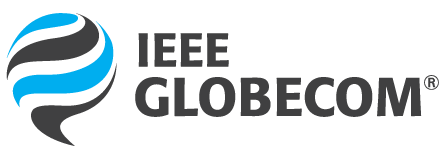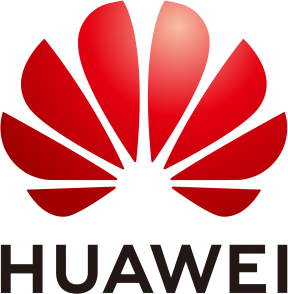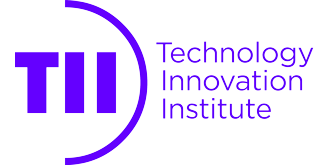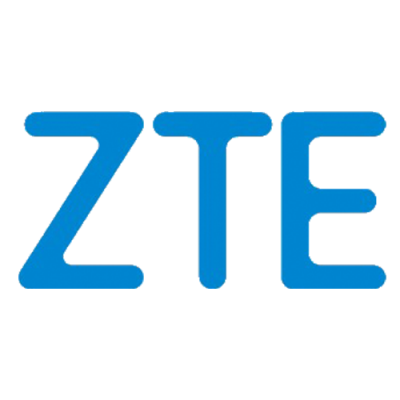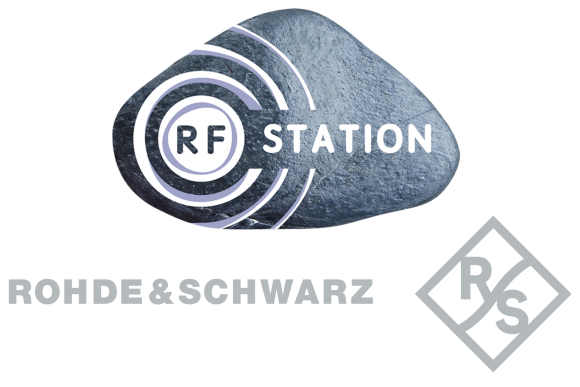Workshop General Co-Chairs:
- Min Jia, Harbin Institute of Technology, China (jiamin@hit.edu.cn)
- Shaohui Sun, China Academy of Telecommunications Technology, China (sunshaohui@cictmobile.com)
- Chunxiao Jiang, Tsinghua University, China (jchx@tsinghua.edu.cn)
- Tomaso De Cola, German Aerospace Center (DLR), Germany (Tomaso.deCola@dlr.de)
Integrated satellite-terrestrial network (ISTN) are making evolutional breakthrough to meet the demands of anywhere and anytime broadband spectrum access. Integrating the next generation of high-throughput satellite into terrestrial network is viewed as a critical role in the foreseen ISTN, which can provide hybrid satellite-terrestrial broadband access in a global coverage and cost-effective manner. However, when satellite networks encounter massive terminals’ accessing, traditional framework and protocol between satellite systems and terrestrial users should be adaptively redesigned.
Artificial intelligence (AI), including machine learning, deep learning, and reinforcement learning, has been steadily growing as a research field and has shown successful results in diverse applications, including wireless communication. In particular, the application of AI to a wide variety of ISTN aspects have demonstrated excellent potential, including beam-hopping, anti-jamming, network traffic forecasting, channel modeling, telemetry mining, ionosphere scintillation detecting, interference managing, remote sensing, behavior modeling, space-air-ground integrating, and energy managing. Therefore, AI enabled ISTN will achieve more efficient, secure, reliable, and high-quality wireless communications. In addition, some AI enabled emerging technologies such as edge computing, cognitive radio, etc, can be utilized in the ISTN to improve reliability and real-time of data transmissions and achieve efficient resource management. Such attributes call for a deep fusion of AI, satellite communications, and satellite-terrestrial integration.
This workshop is to encourage researchers to present their latest work on how AI enabled technologies work together to realize the intelligence of ISTN. Topics of interests include, but are not limited to:
- Framework, algorithms and protocol design for AI enabled ISTN
- Cognitive radio for AI enabled ISTN
- Innovative architecture, infrastructure, techniques and testbeds for AI enabled ISTN
- Edge computing for AI enabled ISTN
- Security-protecting data transmission for AI enabled ISTN
- Dynamic spectrum access for AI enabled ISTN
- Low power cost and energy efficient resource management for AI enabled ISTN
- Massive terminals’ accessing for AI enabled ISTN
- Low-latency and high-reliability communication for AI enabled ISTN
- Hardware design and prototyping for AI enabled ISTN
All accepted papers will be published in the proceeding of the GLOBECOM workshop and made available through IEEE Xplore.
Important Dates
Paper Submission Deadline: 15 July 2023
Paper Acceptance Notification: 1 September 2023
Camera Ready: 1 October 2023
Accepted Author Registration Deadline: 1 October 2023
Submission Link
https://edas.info/newPaper.php?c=31209
More detailed information in our Website
https://www.ieee-globecom2023-workshop.com/
